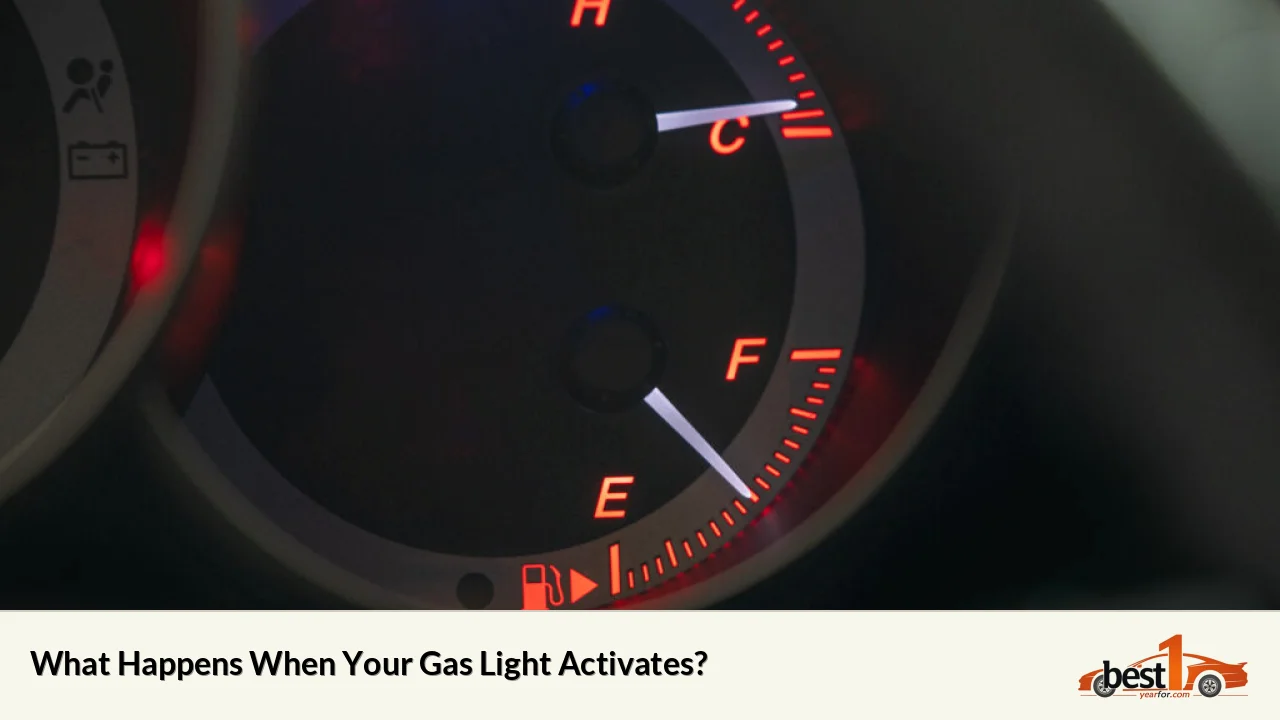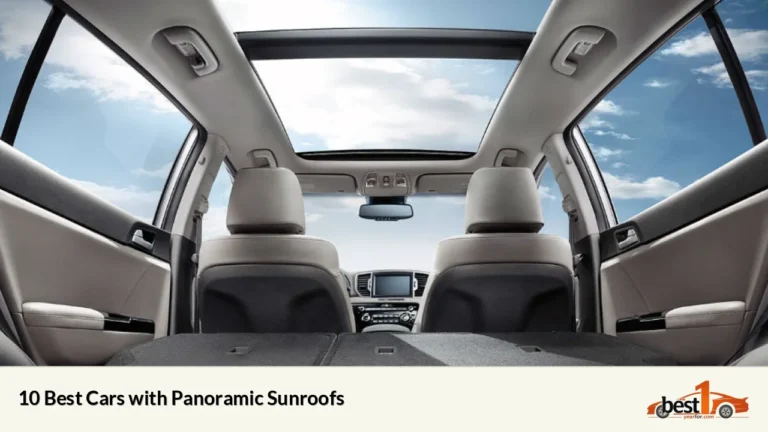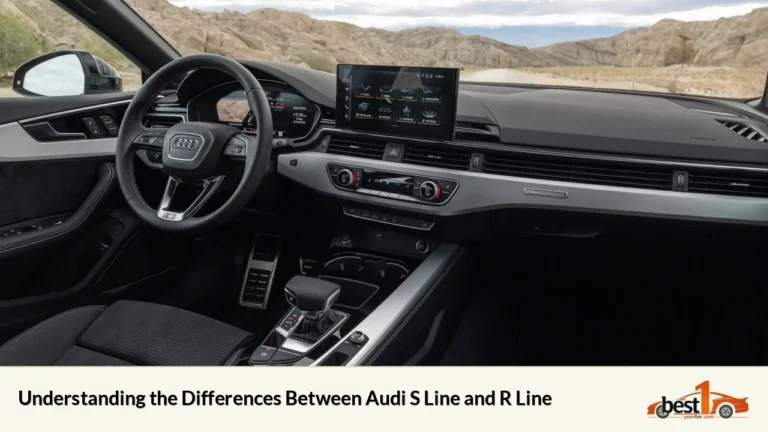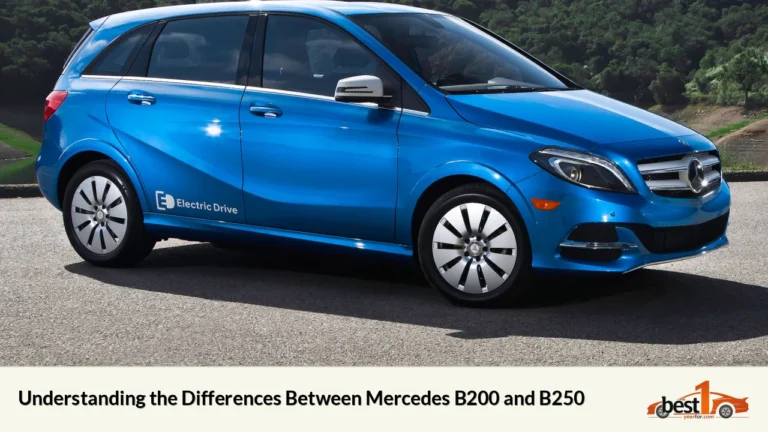When the low fuel light comes on in your vehicle, it serves as a crucial reminder that it's time to refuel. Understanding how much gas is left when this warning activates can help you avoid running out of fuel unexpectedly. This article delves into the specifics of what the low fuel light indicates, how much gas is typically left, and the implications of driving with low fuel.
How Much Gas Is Left When the Light Comes On?
The low fuel light generally activates when your fuel tank is around 10-15% full. This typically translates to approximately one to two gallons of gasoline remaining in the tank, depending on the vehicle's make and model[1][3][4].
Fuel Tank Capacity and Remaining Fuel
The amount of fuel left when the light illuminates can vary significantly based on several factors:
- Vehicle Type: Smaller cars may have less than two gallons remaining, while larger vehicles like trucks may still have three to four gallons left[3][4].
- Driving Conditions: Factors such as driving style, terrain, and traffic can affect how far you can travel with the remaining fuel. For example, highway driving usually consumes less fuel than city driving.
- Fuel Efficiency: The miles you can drive after the light comes on depend on your vehicle's miles per gallon (MPG). A car that averages 30 MPG with two gallons left could potentially drive an additional 60 miles[3][4].
| Vehicle Type | Approx. Fuel Left | Estimated Distance |
|---|---|---|
| Small Car | 1-2 gallons | 20-30 miles |
| SUV/Truck | 3-4 gallons | 50-100 miles |
Implications of Driving with Low Fuel
Driving with the low fuel light on can lead to several issues:
Damage to the Fuel Pump
When your fuel level is low, the fuel pump may begin to draw in sediment and debris from the bottom of the tank. This can lead to clogs and damage over time, resulting in costly repairs[1][4].
Risk of Running Out of Fuel
While many drivers may feel confident they can make it to the next gas station after the light comes on, it's a gamble. Running out of gas can leave you stranded, potentially in unsafe situations[6][7].
Safety Considerations
Stalling in traffic or remote areas poses safety risks. It's advisable to refuel as soon as possible once the low fuel light activates[5][6].
Best Practices for Fuel Management
To avoid complications associated with running low on gas:
- Refuel Early: Aim to fill up when your tank is at least a quarter full. This habit helps protect your fuel pump and ensures you're never caught off guard.
- Monitor Your Driving Patterns: Be aware of how long a tank typically lasts you based on your driving habits.
- Use Technology: If your vehicle features a "miles to empty" display, use it as a guide but remember that it may not always be accurate[1][4].
FAQs
- How many gallons are left when my gas light comes on?
Most vehicles have about 1-2 gallons remaining when the low fuel light activates. - Can I drive far after my gas light comes on?
Yes, depending on your vehicle's efficiency, you might be able to drive 20-100 miles before running out of gas. - Is it safe to drive with my gas light on?
While it's possible for short distances, it's not advisable as it may damage your vehicle's fuel system. - What happens if I run out of gas?
Running out of gas can lead to engine damage and leave you stranded in unsafe conditions. - How can I avoid running low on gas?
Establish a habit of refueling when your tank reaches a quarter full to prevent running into issues.







